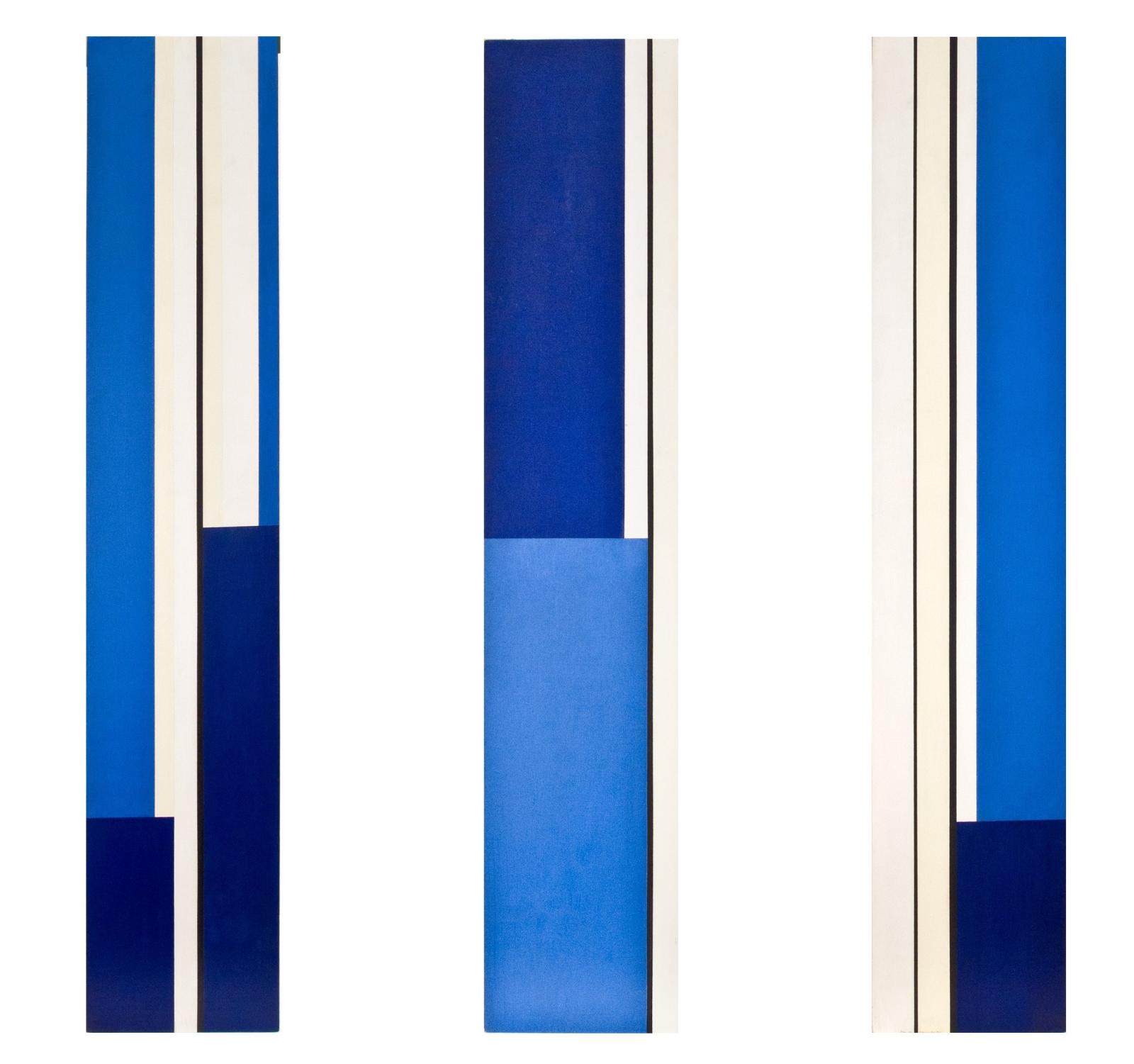

artist
Born in St. Petersburg, Russia, Ilya Bolotowsky immigrated with his family to New York City in 1923, and the following year began studying at the National Academy of Design. He had his first one-man-show at G.R.D. Studios in 1930. Within the decade, he would become a member of "The Ten," a group of artists including Mark Rothko and Adolph Gottlieb who explored the use of abstraction for expressive purposes. Heavily influenced by the Dutch painter Piet Mondrian, whose work he first saw in 1933, Bolotowsky was initially inspired by Cubism and De Stijl, but evolved throughout his career to give way to an austere brand of geometric abstraction based upon line, shape, and color. In 1937, he became a founding member of the American Abstract Artists, who rejected American Scene painting. Bolotowsky turned gradually toward a clear and precise style reliant upon sharply defined linear structures, which varied in shape over the course of his career. His aim was to generate order through geometric abstraction and equilibrium. As the artist himself noted:
"Nowadays, when paintings torture the retina, when music gradually destroys the eardrum, there must, all the more, be a need for an art that searches for new ways to achieve harmony and equilibrium."
—Ilya Bolotowsky, 1974
His work espouses the aesthetic principles of Neo-Plasticism, the style for which he became a well-known arbiter. Bolotowsky's diamond-shaped canvases have brought results as high as $53,000 at auction to date.
provenance
Estate of the Artist
Grace Borgenicht Gallery, New York, New York (label attached)
Private Collection, New York

